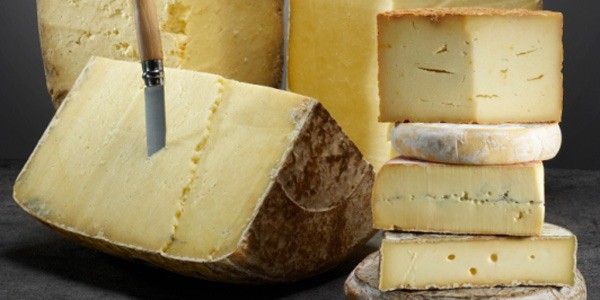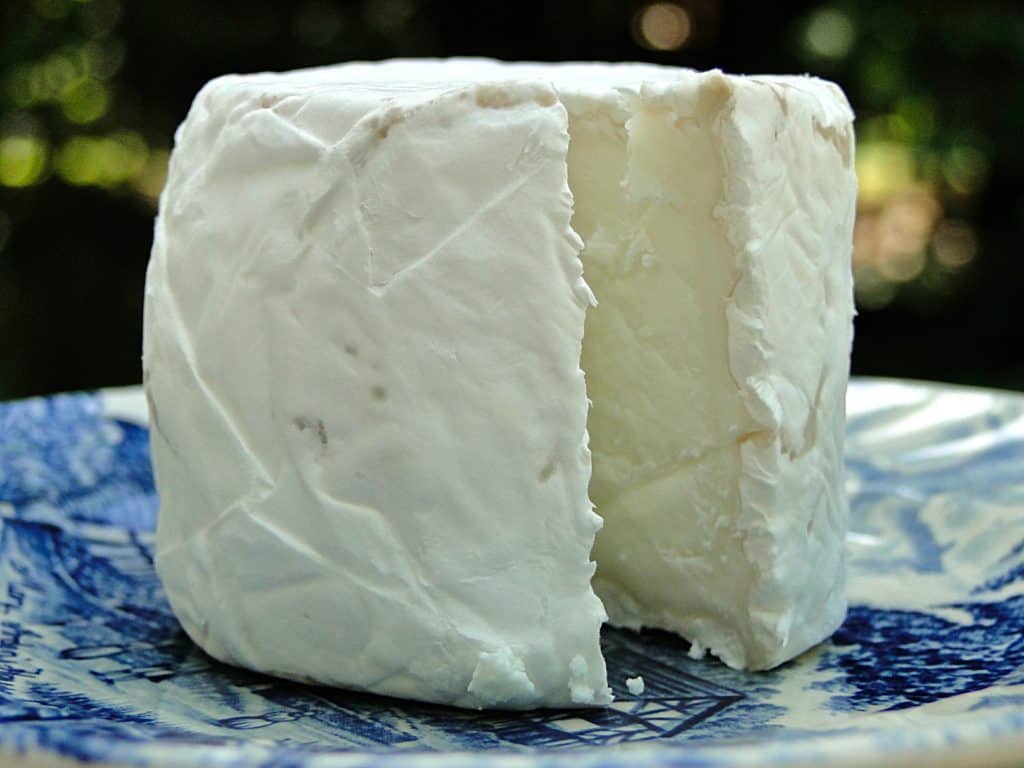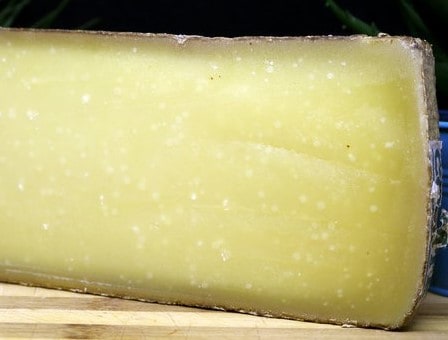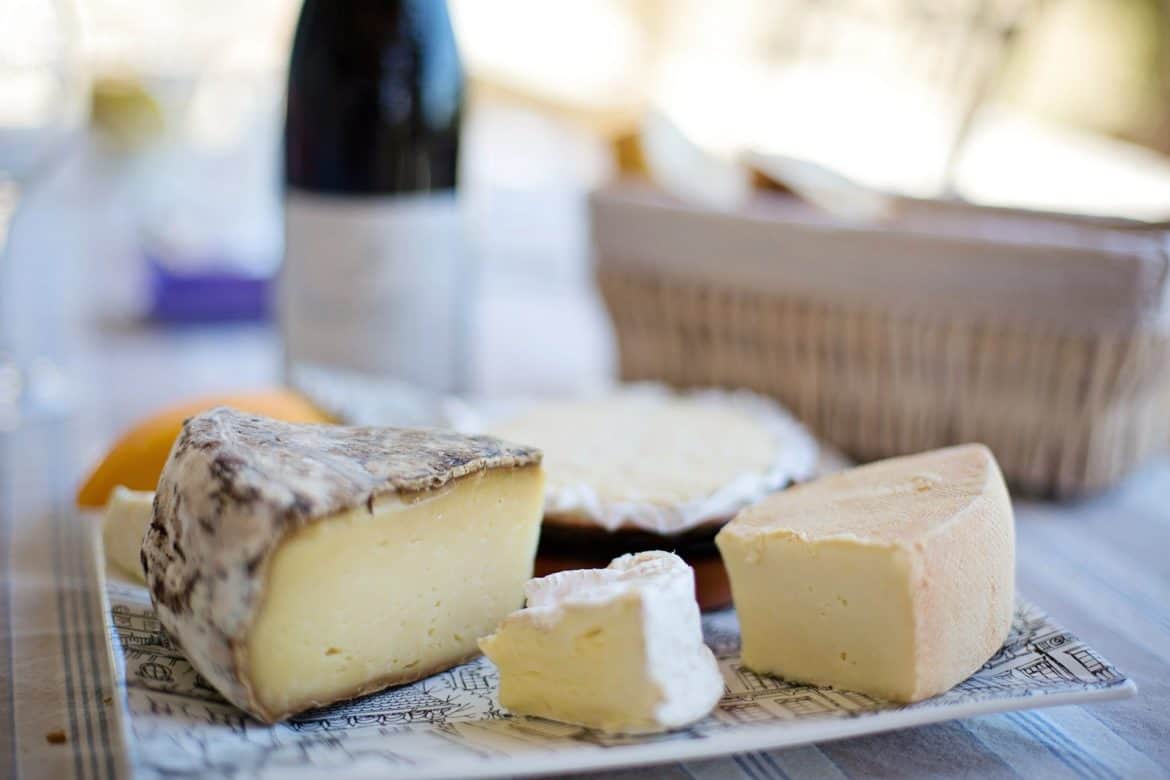For many years I have had recurring questions about cheese and truly when you are facing 300 different cheeses it can be hard to decide which one to pick, so here are a few basics that one must understand.
Cheeses issues to begin with:
- Lactose intolerance, that’s tough, truly but that doesn’t mean you can not enjoy every cheeses, lactose disappear with ageing, this means that, where you sadly can not enjoy some Camembert, nothing can stop you from having a great time with Comté, Cheddar, Parmiggiano and so on, just mention this to the cheese store owner and they will direct you to old enough cheeses that won’t upset your tummy.
- Unpasteurized milk, there is one and only one situation when you must be careful not to have unpasteurized milk cheeses and that is when you are pregnant, the bacterias can be harmful to your baby’s development and you want to avoid that, thankfully we have a few cheeses in France (especially the creamy ones) that are pasteurized, also Comté and the likes are thermised which means that there is heating of the milk during the preparation, although they never reached pasteurization level they are usually deemed to be safe enough for even doctors to allow you some.

Other than that the bacteria are not harmful to your body.
To rind or not to rind, that is the question ?
Rind is cheese, it’s the part of the cheese that got in contact with its surrounding, this is also where the penicillin develops, most cheese are rubbed with salt (and sometime brine), flipped over and let to dry off, this step being repeated times and over until good for sale. So eating rind is eating probiotic, probiotic helps your body immune system against bacteria, unlike antibiotics that are like an atomic bomb on a mosquito, it will kill the bloody mosquito but also damage your own body. Eating rind makes you more resilient to winter colds. In France, no one will be upset if you don’t eat your rind, worst case scenario someone will ask to have yours.

Cheese diamonds !!!
In many old cheeses you probably felt some crunchiness along with the saltiness of the cheese, many people mistake it for being salt crystals, in fact you just bite on a cheese diamond. With ageing the pressure augments in the cheese and both Tyrosine and Calcium Lactate turn into crystals, the more crystals, the older the cheese. The saltiness comes from the reduction of humidity in the cheese, so the older, the saltier it gets.
Cheese diamonds will be found in hard cheese such as Grana, Cheddar, Comté, Parmiggiano, Gouda, Emental etc… they are also a giveaway of the age of the cheese and a good technique for you to know if you are sold the right cheese
- 12 months old nearly no crystals yet, cheese is too young (Try to avoid 9 or 6 months if you can)
- 18 months old looks like a night sky seen from Paris, some crystals stars present enough to be seen but not overwhelming
- 24 months old same night sky but this time seen from the a clear sky in the countryside, too many to count them
- 36 months old and over it looks like the Milky Way, crystals will develop pale halos around themselves, the hard cheese will have cracks, beautiful but also very strong and salty

All of our Paris tours will have a focus on Cheeses and our foody guides have tens of stories to share with you as they introduce you to a wonderful selection of cheeses
